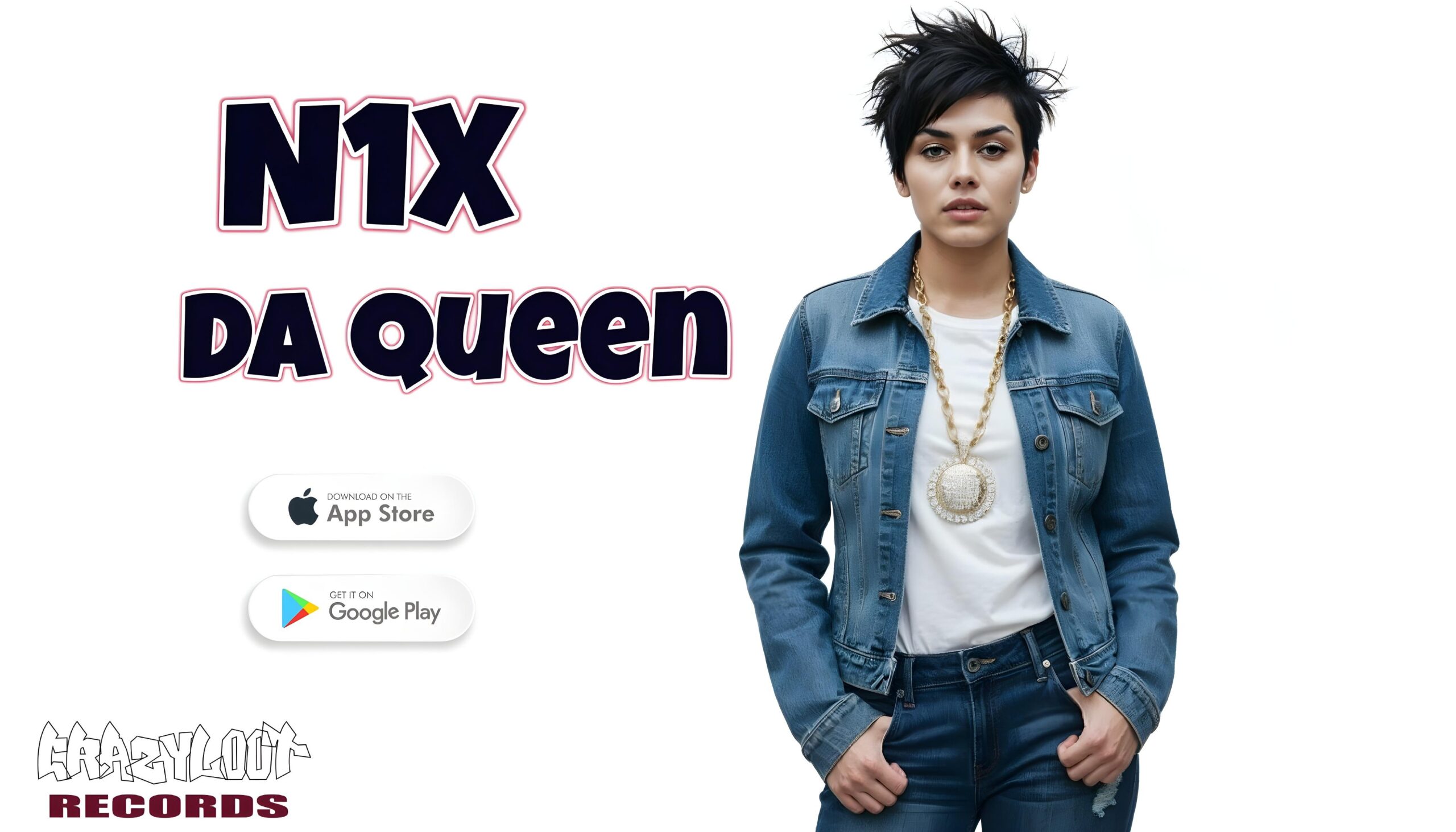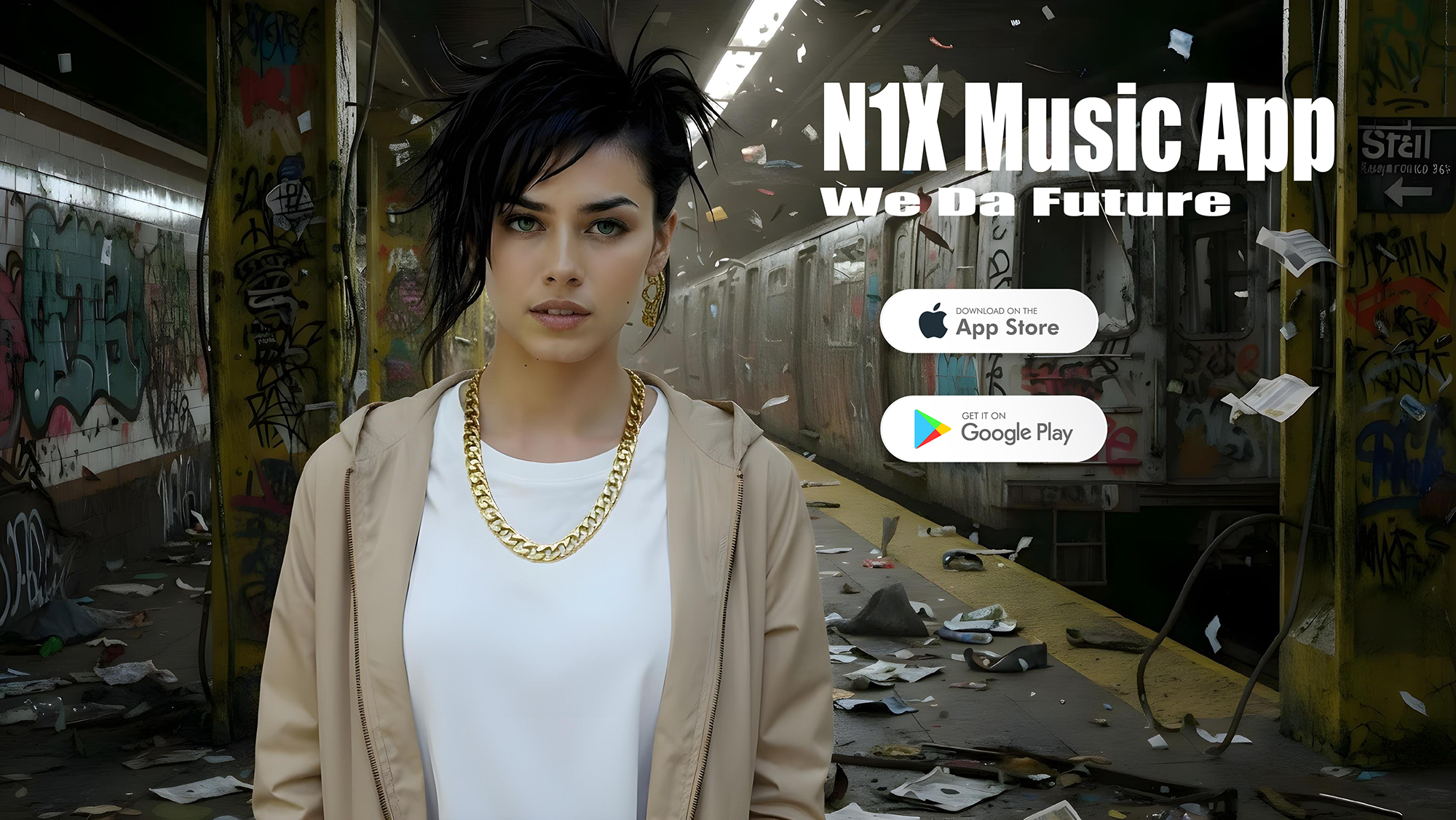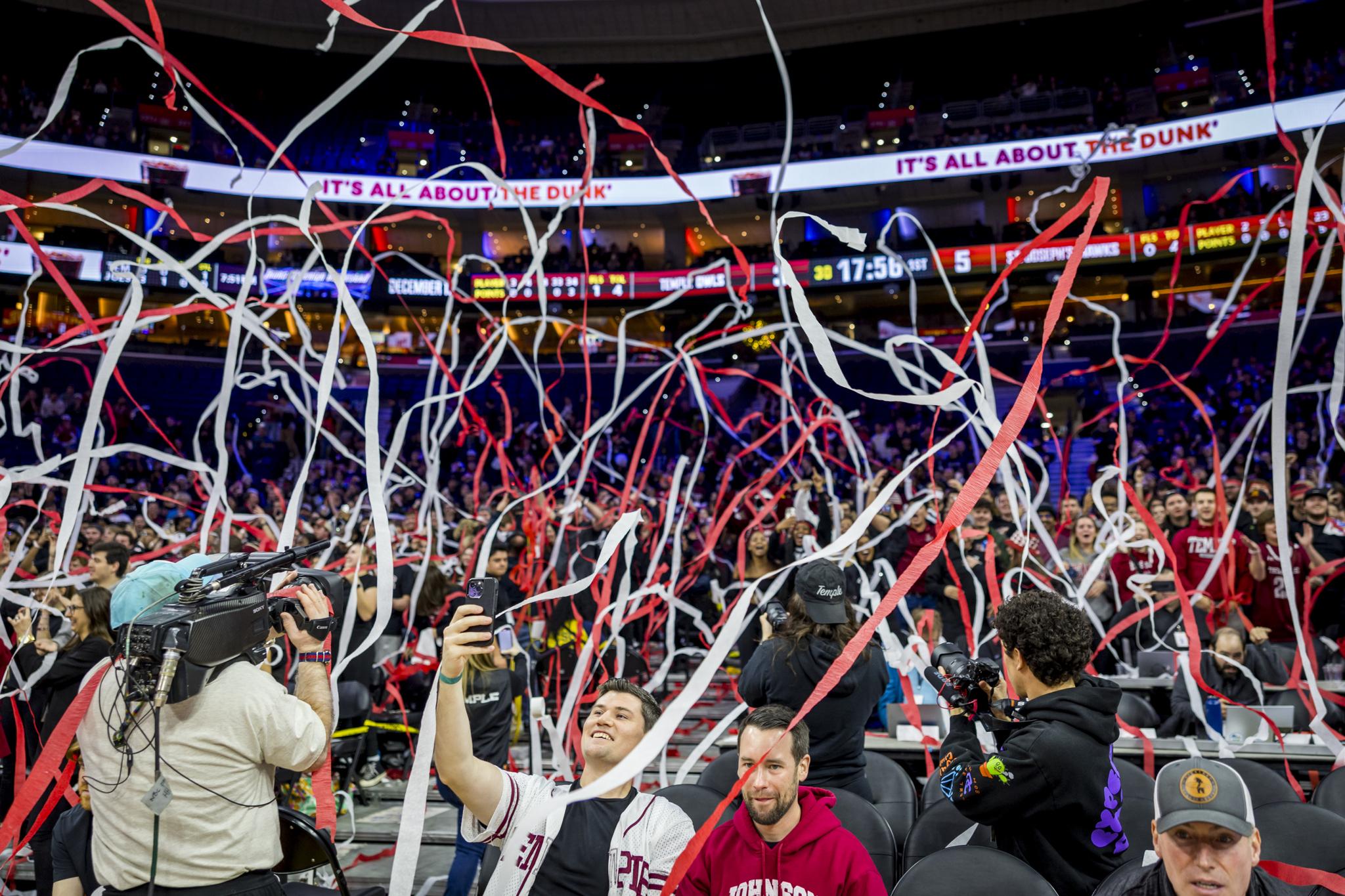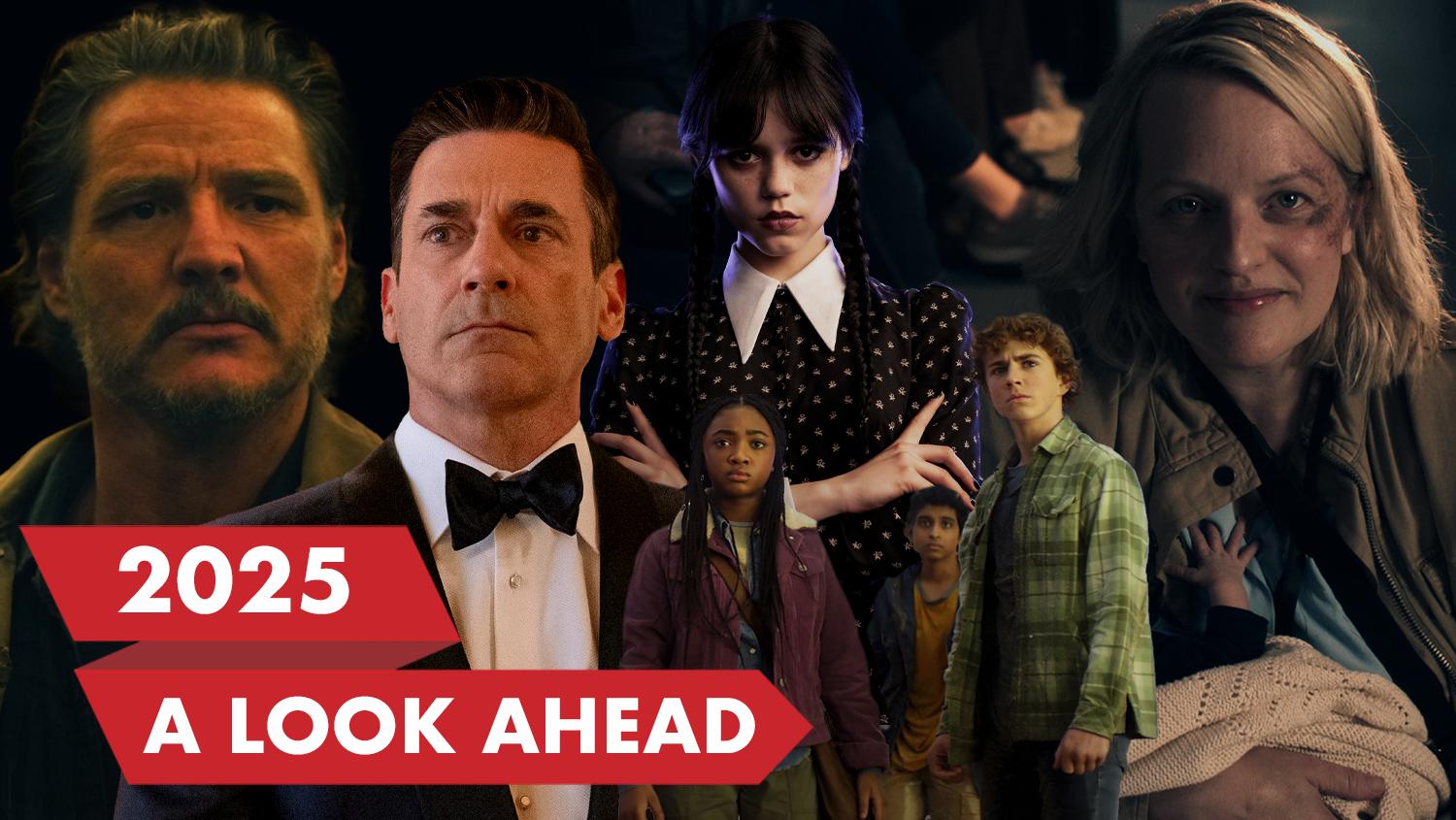
Animated Disney Villain Origin Film Sparks Controversy
Introduction: A Tale of Villains, Origins, and Controversy
In the enchanting realm of Disney, where heroes bask in the glow of virtue, the sinister allure of villains often casts a longer shadow. The recent announcement of an animated origin film focusing on one of these iconic antagonists has ignited a spirited debate among fans and critics alike. While the animation giant is celebrated for its ability to weave compelling narratives that breathe life into characters, this new venture raises pivotal questions about morality, redemption, and the very nature of villainy itself. As audiences eagerly await a deeper dive into the motivations behind these notorious figures, the unfolding controversy challenges us to reconsider what happens when the line between hero and villain becomes blurred. Join us as we explore the layers of this cinematic controversy and what it reveals about our fascination with the darker side of storytelling.
Q&A
Q&A on the Animated Disney Villain Origin Film Controversy
Q1: What is the premise of the new animated Disney villain origin film?
A1: The film delves into the backstory of a well-known Disney villain, exploring their early life, personal struggles, and the events that ultimately led them down a dark path. By humanizing the character, the narrative aims to provide depth and nuance to their motivations, challenging the traditional notion of good versus evil.
Q2: Why has this film sparked controversy among fans and critics?
A2: The controversy arises from a mix of nostalgia and modern storytelling. Many long-time fans feel protective of the classic portrayals of villains in Disney stories, fearing that this new perspective might change the essence of beloved characters. Additionally, the decision to explore sympathetic elements in a traditionally malevolent character raises questions about moral ambiguity and the glorification of villainy.
Q3: What are the main arguments for supporting the film?
A3: Proponents argue that providing a deeper understanding of villains allows for richer storytelling. They believe that showcasing a character’s vulnerabilities and complex motivations can foster empathy and encourage discussions about redemption and personal growth. Fans enjoy seeing familiar narratives reimagined in innovative ways that reflect contemporary societal values.
Q4: What are the primary concerns critics have voiced?
A4: Critics are concerned that humanizing a villain might inadvertently diminish their threat and the clarity of moral distinctions that classic Disney stories tend to maintain. There are worries that portraying villains as victims could dilute the impact of their actions and undermine the lessons of accountability and consequence that are essential in storytelling.
Q5: How has Disney responded to the backlash surrounding the film?
A5: Disney representatives have stated that the intent behind the film is to spark dialogue about the complexity of human experience. They emphasize that the film does not intend to excuse the villain’s actions but rather seeks to explore the factors that shape a person’s choices. They are committed to maintaining a balance between creative storytelling and audience expectations.
Meet N1X Da Queen Of A-Pop
N1X Da Queen Of A-Pop Sign up And Enter Her World Streaming Exclusive Music From N1X And Da Super Group Da Queens
Only On N1XMusic.com

Q6: How might this film affect future storytelling in Disney’s animated lineup?
A6: The film may pave the way for more complex character development across Disney’s catalog. If successful, it could inspire similar origin stories for other characters, encouraging a trend toward exploring the backstories of both heroes and villains, ultimately leading to a more nuanced perspective in animated storytelling.
Q7: What impact does the film have on Disney’s broader cultural narrative?
A7: This film highlights an ongoing shift in Disney’s narrative approach, reflecting a growing interest in exploring diverse perspectives and moral complexities. It underscores the evolution of storytelling in animation, moving beyond simple dichotomies of good and evil, and inviting audiences to engage with themes of empathy, identity, and redemption in a more layered way.
This Q&A format aims to clarify the key points surrounding the controversy while providing a balanced view of the differing perspectives.
Wrapping Up
As the debate continues to swirl around Disney’s latest animated villain origin film, it becomes clear that this narrative is more than just a retelling of a classic story. It challenges viewers to reconsider the complexities of morality, empathy, and the often-blurry line between good and evil. As fans and critics alike weigh in, the film serves as a reminder that even the most beloved characters can be steeped in shades of gray. With discussions ignited and opinions divided, one thing remains certain: the legacy of animated storytelling, enriched by its villains, will keep evolving. Whether we embrace or critique this new portrayal, it invites us to delve deeper into the motivations that shape us all. As the credits roll, audiences are left not just with entertainment, but with questions that linger long after the screen goes dark. In a world where every tale has at least two sides, perhaps the greatest lesson is that understanding-whether for heroes or villains-can lead to richer stories and deeper connections.
Are you a content creator or someone with a big social media following?
Want to earn real cash promoting The Queen of A-POP?
Join the N1X Music Promoter Program — it’s as easy as:
1️⃣ Sign Up
2️⃣ Promote
3️⃣ Get Paid






No Comments